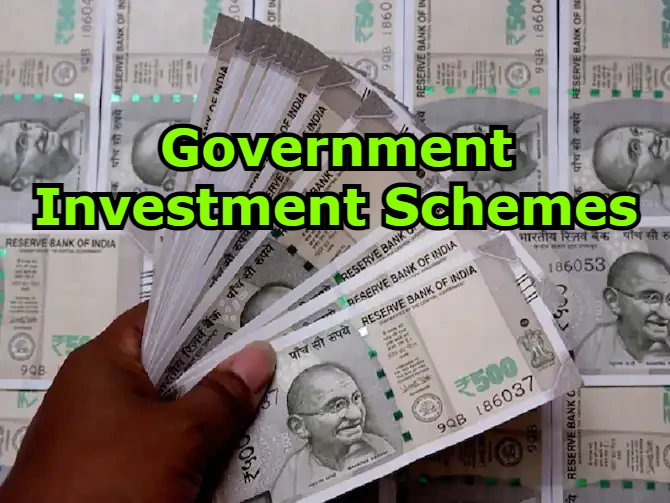The Rising Tide of Small Savings Schemes: Government’s Perspective on Post-Tax Return
In recent times, there has been a notable surge in the popularity of small savings schemes among Indian citizens. These schemes have emerged as a preferred investment avenue, particularly the Senior Citizen Savings Scheme and the Mahila Samman Savings Certificate. Here’s a deep dive into the trend and the government’s proactive role in it:
- Unprecedented Growth in Investments: Small savings schemes have witnessed a remarkable influx of capital. By the close of September, the investments shot up to a whopping INR 74,675 crores, marking a 2.6-fold growth from the preceding year’s figure of INR 28,715 crores.
- Enhanced Investment Cap Stimulates Growth: The government played a pivotal role in boosting investments by elevating the annual investment ceiling to INR 30 lakh, a move that has evidently paid off.
- Anticipated Surge in Investments: The sheer volume of investment is expected to cross a monumental figure of INR 1 lakh crores on a gross basis.
- Empowering Women Through Savings: The Mahila Samman Savings Scheme, specifically designed for women, has amassed over INR 13,500 crores. This scheme permits women to make a one-time investment of up to INR 2 lakh at an attractive rate of 7.5%.
- Priority to Child-Centric Scheme: Besides the aforementioned schemes, the Sukanya Samriddhi Yojana, focused on the betterment of the girl child, is also high on the government’s priority list.
- Strategic Financial Management by the Government: Given the prevailing trends in small savings and balancing its expenses and revenue, the government has a strategic window to curtail borrowings from the open market.
- Tax-Adjusted Interest Rates: Rather than amplifying its borrowing, the government has astutely modulated interest rates on various schemes. This consideration is driven by offering tax benefits. For instance, investments made in the Public Provident Fund (PPF) up to INR 1.5 lakh qualify for tax exemption as per Section 80C. Furthermore, the interest procured is exempted from tax. With the PPF boasting a 7.1% interest rate, it translates to an approximated 9.3% return for individuals in the 30% tax bracket.
- Alignment with Market Dynamics: The interest rates of small savings schemes are invariably tethered to prevailing market rates. They undergo a revision every quarter and generally shadow the rates offered on bank fixed deposits.
- Static PPF Rates Amidst RBI’s Repo Rate Augmentation: Despite the RBI elevating its repo rate by 2.5%, the interest rates offered on PPF have remained unchanged. Additionally, the 2 and 3-year postal savings witnessed a 1.5% increment in their interest rates.
- Differential Rates for Different Schemes: Adopting a calculated approach, the government has set the interest rates based on specific formulas. Consequently, PPF investors are receiving 40 basis points less, whereas Kisan Vikas Patra investors are benefitting from an extra 20 basis points.
In conclusion, the burgeoning investments in small savings schemes depict the trust that the populace has in these instruments. The government’s adept fiscal strategies, emphasizing both investor benefits and tax advantages, further bolster this trust. This symbiotic relationship between the citizens and the government augurs well for the nation’s financial landscape.
